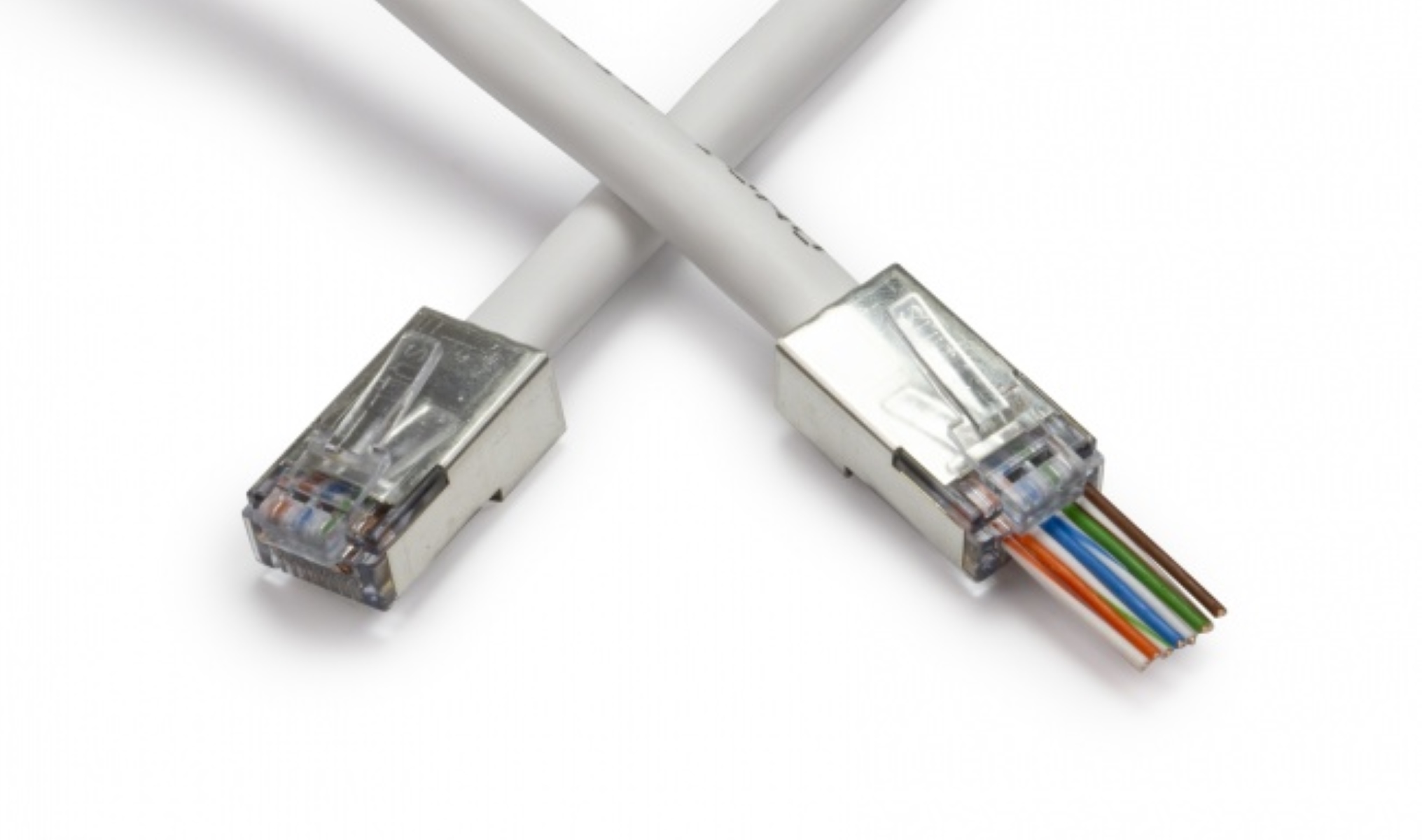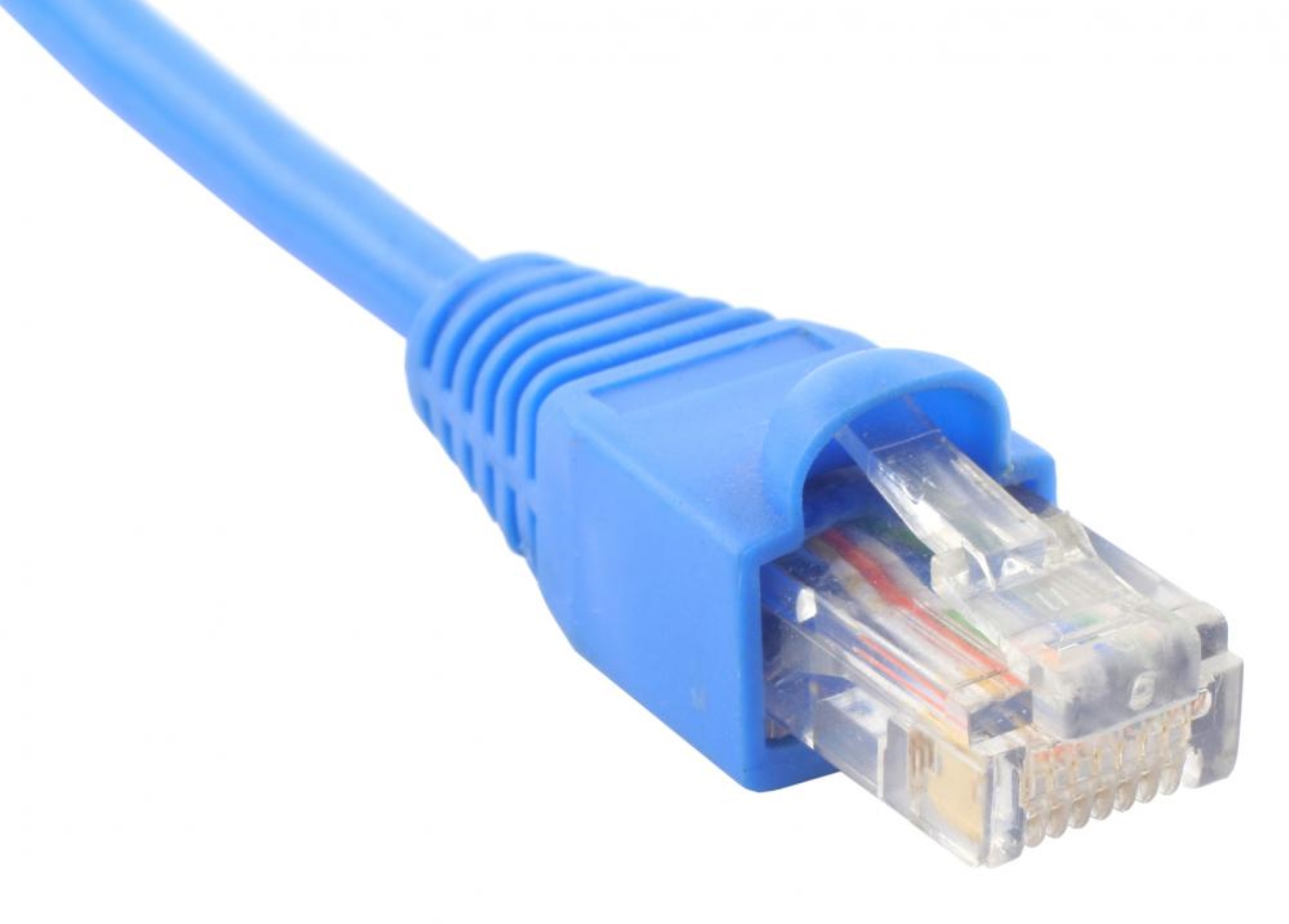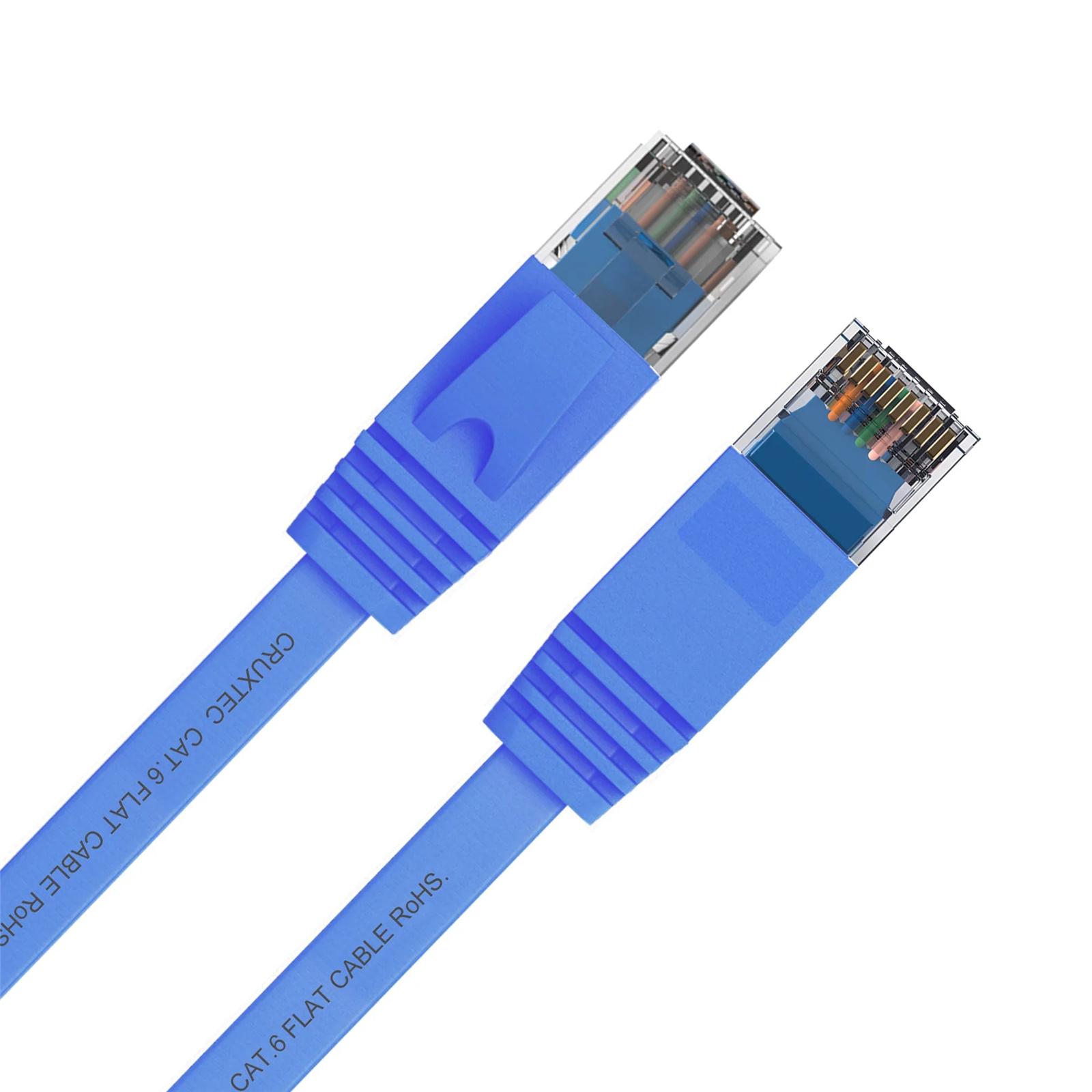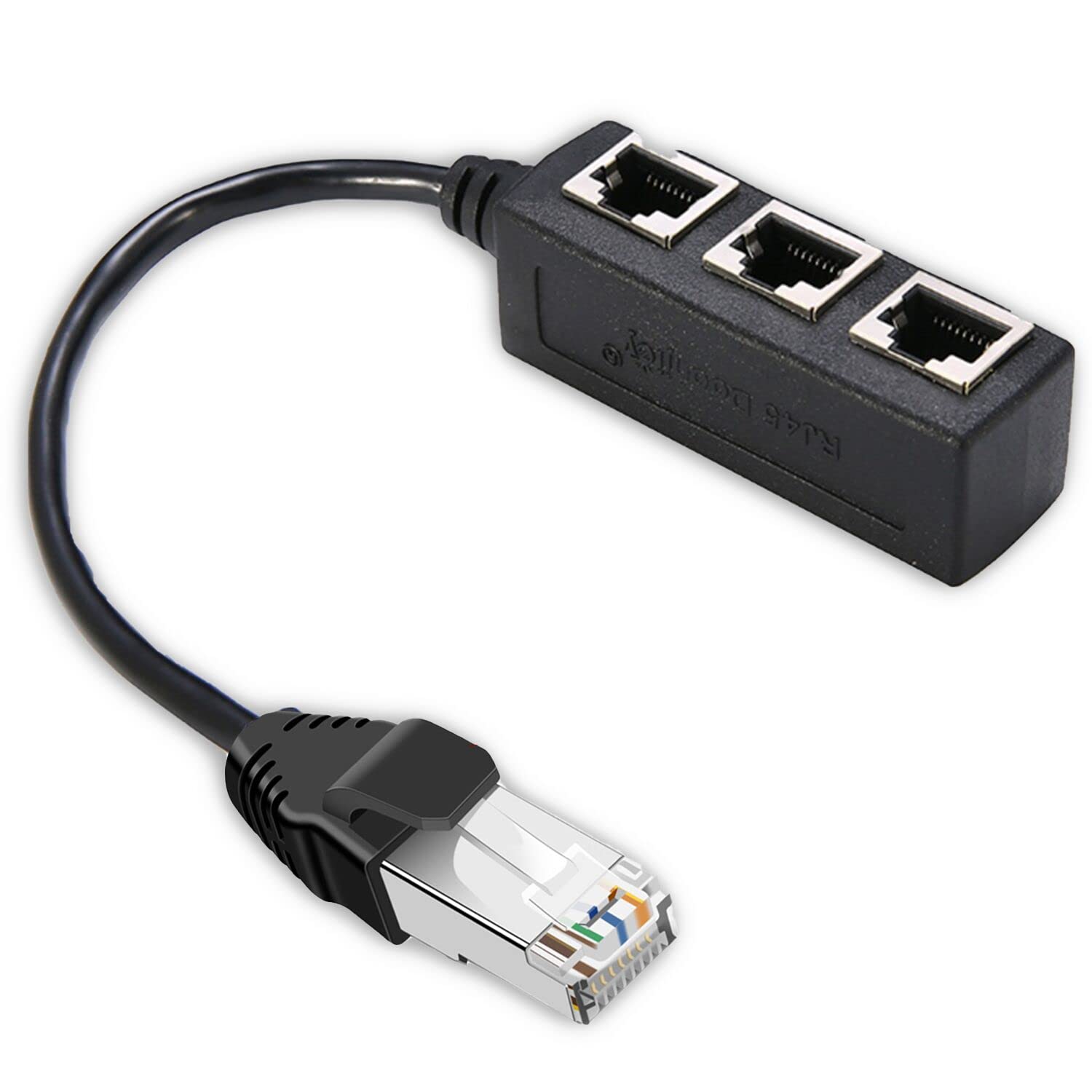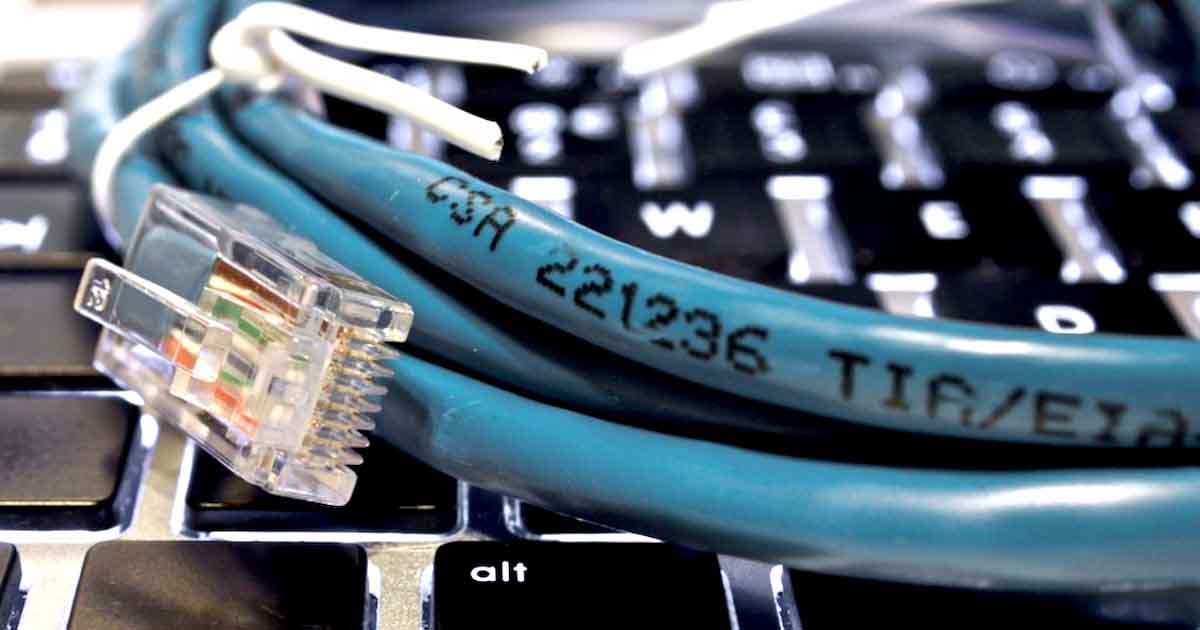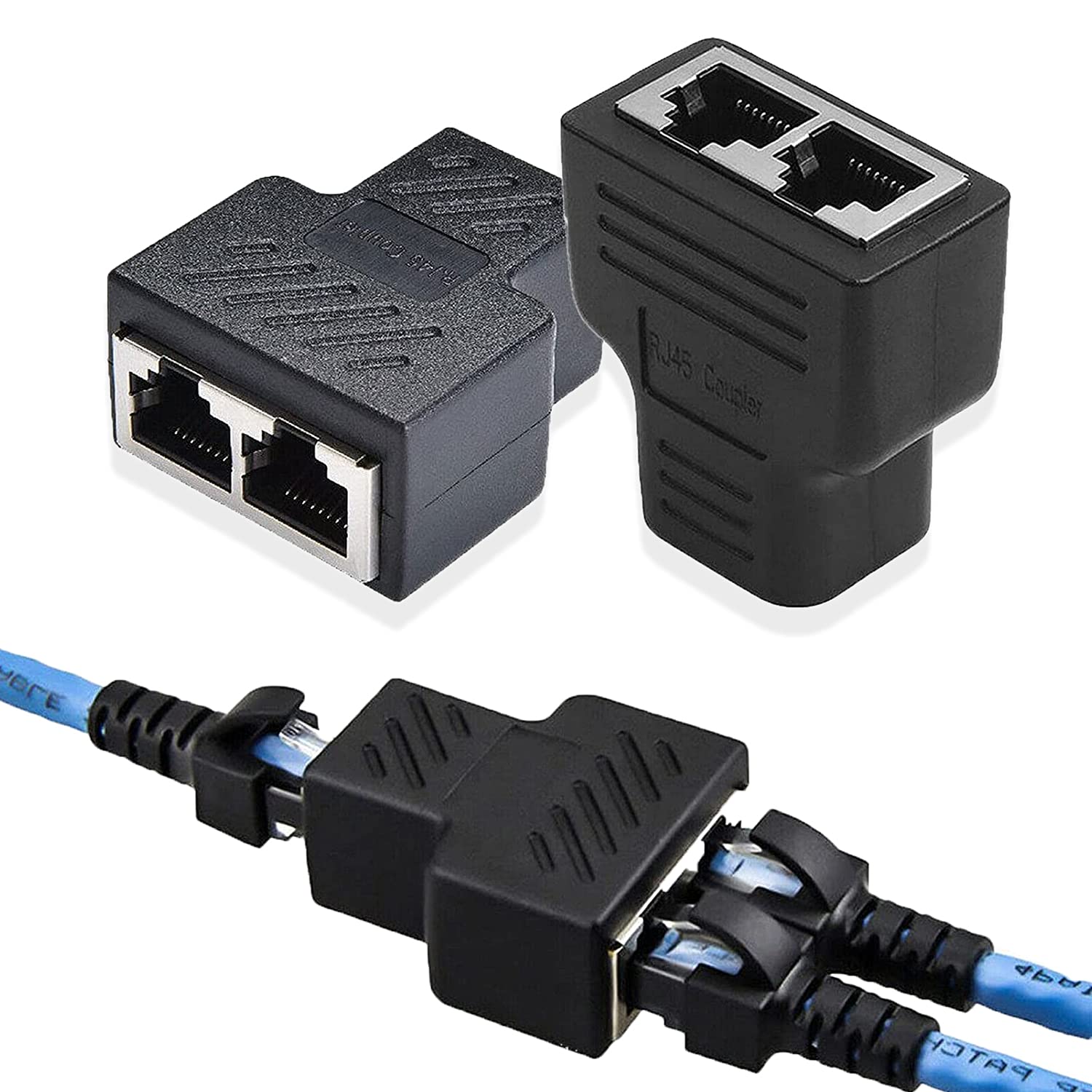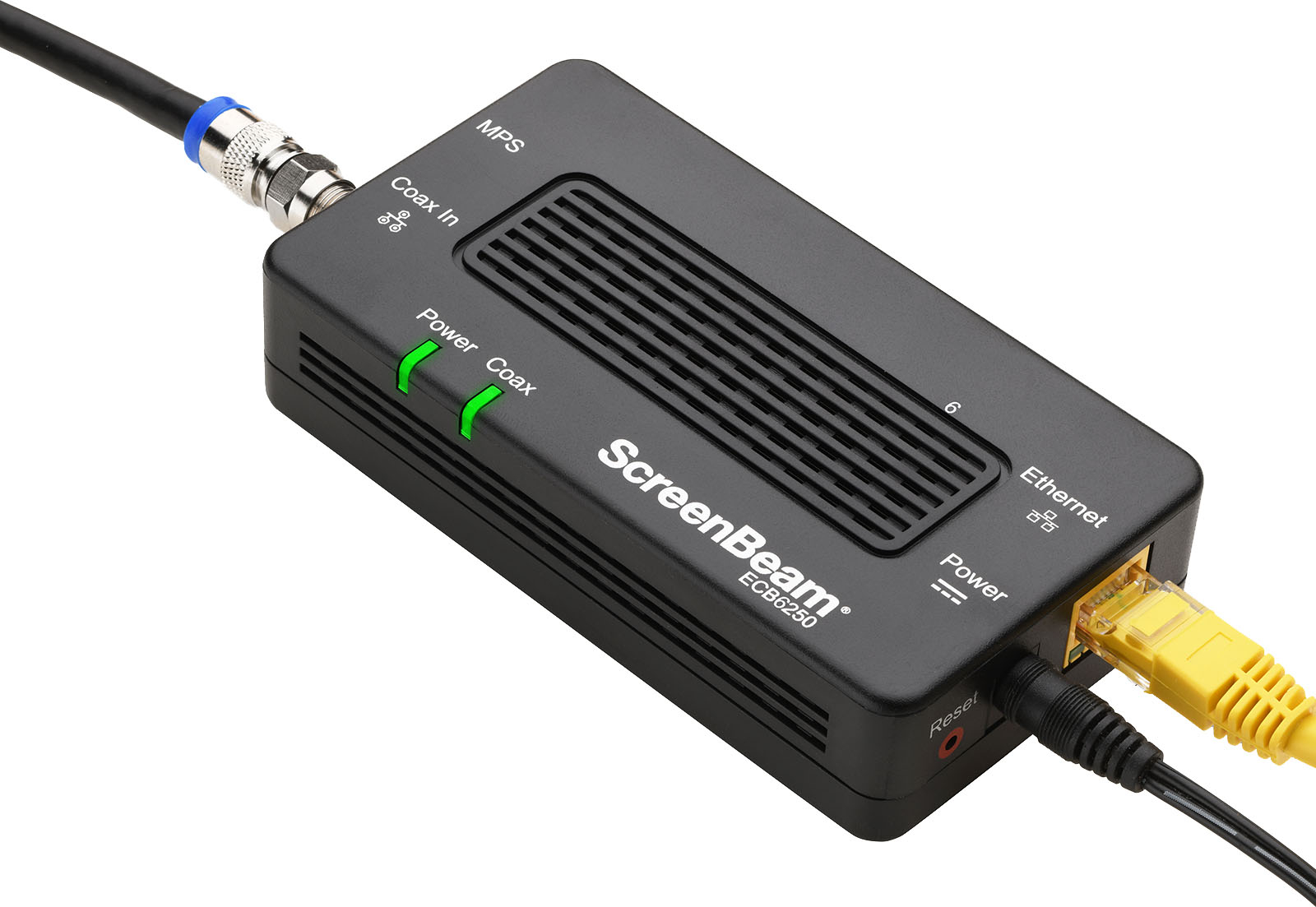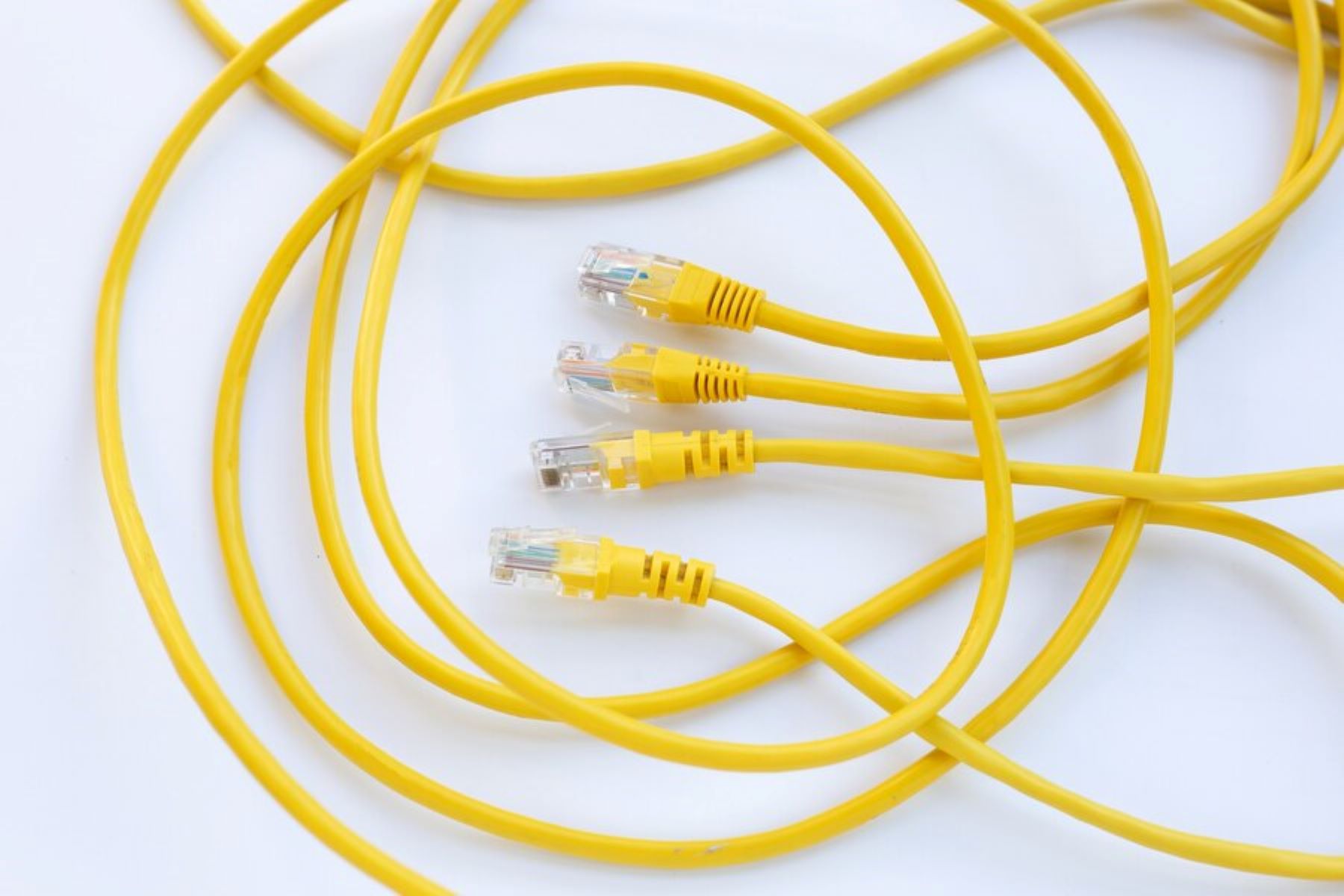Introduction
Welcome to the exciting world of network connections and Ethernet technology. In today’s fast-paced digital age, having a reliable and speedy internet connection is essential for staying connected, whether it’s for work, entertainment, or personal communication. One of the most commonly used connectors for Ethernet connections is the RJ-45 plug, which allows for the transmission of data through twisted pair cables.
If you’re looking to set up a fast Ethernet connection, it’s crucial to understand the pins used on an RJ-45 plug. The configuration and utilization of these pins play a significant role in establishing a stable and efficient network connection. In this article, we will delve into the world of RJ-45 plugs and explore how fast Ethernet connections utilize specific pins to achieve high-speed data transmission.
Whether you’re a network technician, an IT enthusiast, or simply curious about the inner workings of Ethernet connections, this article will provide you with the knowledge you need to understand the pinout of an RJ-45 plug and how it relates to fast Ethernet connections. So, buckle up and get ready to unravel the secrets of this crucial networking component!
Overview of RJ-45 Plug
The RJ-45 plug, also known as an 8P8C (8 positions, 8 contacts) connector, is a standardized networking interface used for connecting devices to Ethernet networks. It is commonly found at the end of twisted pair cables used in Local Area Networks (LANs), allowing for the transmission of data signals.
The RJ-45 plug features eight pins arranged in a small rectangular shape, with all pins numbered and color-coded for ease of identification. It is designed to provide a secure and reliable connection when inserted into an Ethernet port.
The main function of the RJ-45 plug is to establish the electrical connectivity between the network cable and the Ethernet port. This connection allows for proper signal transmission, enabling the transfer of data packets between devices on the network.
It’s worth noting that the RJ-45 plug is not only used for Ethernet connections but also for other applications such as telephone connections and Voice over Internet Protocol (VoIP). However, in the context of this article, we will focus on its use in Ethernet networks.
When connecting devices using an RJ-45 plug, it is crucial to ensure that both ends of the cable have the plug properly crimped onto the wires. The wires inside the cable must be aligned and inserted into the appropriate slots on the plug, maintaining the correct order and sequence. This proper alignment ensures that the signals are transmitted accurately and efficiently.
Now that we have a basic understanding of the RJ-45 plug, let’s delve into the concept of fast Ethernet and how the pins on the plug play a crucial role in achieving high-speed network connections.
What is Fast Ethernet?
Fast Ethernet is an enhanced version of Ethernet technology that allows for higher data transmission speeds compared to traditional Ethernet networks. It was introduced in the late 1990s as an upgrade to meet the increasing demands for faster and more reliable network connections.
Fast Ethernet operates at a speed of 100 megabits per second (Mbps), which is ten times faster than the standard Ethernet speed of 10 Mbps. This increased speed provides a significant boost in network performance, making it suitable for applications that require large data transfers or real-time multimedia streaming.
In Fast Ethernet networks, data is transmitted in the form of packets. These packets contain the information being sent over the network and are encapsulated with specific addressing information to ensure delivery to the intended destination.
To achieve the higher speeds of Fast Ethernet, several enhancements were made to the Ethernet standard. These enhancements include improved cabling and wiring specifications, faster network interface cards (NICs), and more advanced networking switches and routers. Together, these upgrades enable faster data transfer rates and reduce latency in the network.
Fast Ethernet is widely used in both residential and commercial settings. It provides a reliable and cost-effective solution for connecting computers, printers, servers, and other network-enabled devices. Fast Ethernet is commonly employed in small to medium-sized businesses, homes, educational institutions, and even data centers, where fast and efficient data transmission is crucial.
It’s important to note that Fast Ethernet should not be confused with Gigabit Ethernet, which provides even higher data rates of up to 1 gigabit per second (Gbps). While Gigabit Ethernet has largely replaced Fast Ethernet in many modern networks, Fast Ethernet remains prevalent in older systems and is still supported by many devices.
Now that we have a clear understanding of what Fast Ethernet is, let’s explore the pinout and pin configuration on an RJ-45 plug for establishing fast Ethernet connections.
Pinout of an RJ-45 Plug
To understand how fast Ethernet connections utilize specific pins on an RJ-45 plug, it’s essential to familiarize ourselves with the pinout of the plug itself. The pins on an RJ-45 plug are numbered from 1 to 8 and are arranged in a specific order.
When looking at the front side of the plug (where the pins are visible), pin 1 is located on the leftmost side, while pin 8 is on the rightmost side. The pins are arranged in two rows, with four pins in each row.
The pinout follows a specific wiring standard known as the TIA/EIA-568-B or the T568B pinout, which is commonly used for Ethernet connections. According to this standard, the pinout is as follows:
- Pin 1: White/Orange wire
- Pin 2: Orange wire
- Pin 3: White/Green wire
- Pin 4: Blue wire
- Pin 5: White/Blue wire
- Pin 6: Green wire
- Pin 7: White/Brown wire
- Pin 8: Brown wire
Each pin serves a specific purpose in the transmission of data over a network. The pins are responsible for carrying different signals, including the transmission and reception of data, as well as providing power to certain devices, such as Power over Ethernet (PoE) enabled devices.
Now that we have an understanding of the pinout of an RJ-45 plug, let’s explore the specific pin configuration utilized for fast Ethernet connections and how it contributes to achieving high-speed data transmission.
Pin Configuration for Fast Ethernet Connection
To establish a fast Ethernet connection using an RJ-45 plug, specific pin configurations are employed to ensure proper signal transmission and reception. The pin configuration for fast Ethernet connections follows the TIA/EIA-568-B standard, specifically the T568B pinout.
In the T568B pinout, pins 1 and 2 are used for transmitting data, while pins 3 and 6 are used for receiving data. This configuration allows for simultaneous bidirectional communication, which is essential for high-speed data transmission.
The pin configuration for fast Ethernet connections is as follows:
- Pin 1: White/Orange wire (Transmit+)
- Pin 2: Orange wire (Transmit-)
- Pin 3: White/Green wire (Receive+)
- Pin 4: Blue wire (Not used)
- Pin 5: White/Blue wire (Not used)
- Pin 6: Green wire (Receive-)
- Pin 7: White/Brown wire (Not used)
- Pin 8: Brown wire (Not used)
By utilizing pins 1, 2, 3, and 6 for data transmission and reception, fast Ethernet connections can achieve high-speed data transfer rates. This configuration allows for full-duplex communication, enabling simultaneous data transmission and reception without the need for collision detection.
It’s important to note that pins 4, 5, 7, and 8 are not used in fast Ethernet connections. These pins are left unconnected and are typically used for other networking standards such as Power over Ethernet (PoE).
When creating a fast Ethernet connection, it’s crucial to ensure that the wires inside the Ethernet cable are correctly inserted into the corresponding slots on the RJ-45 plug, following the T568B pinout. Any mismatch or incorrect wiring can lead to connectivity issues or result in slower transmission speeds.
Now that we have explored the pin configuration for fast Ethernet connections, let’s conclude our discussion on how specific pins on an RJ-45 plug are utilized for high-speed data transmission.
Utilized Pins for Fast Ethernet
When establishing a fast Ethernet connection using an RJ-45 plug, specific pins are utilized to facilitate high-speed data transmission. These pins play a crucial role in ensuring proper signal transmission and reception between devices on the network.
In a fast Ethernet connection, pins 1, 2, 3, and 6 are utilized for transmitting and receiving data. Let’s take a closer look at the functions of these pins:
-
Pin 1 (White/Orange wire – Transmit+):
This pin is responsible for transmitting data from the sending device to the receiving device. It carries the positive signal of the transmitted data. -
Pin 2 (Orange wire – Transmit-):
This pin works in conjunction with pin 1 and carries the negative signal of the transmitted data. Together, pins 1 and 2 enable differential signaling, which helps minimize signal degradation and improve noise immunity. -
Pin 3 (White/Green wire – Receive+):
Pin 3 is used for receiving data. It carries the positive signal of the received data, which is sent from the sending device. -
Pin 6 (Green wire – Receive-):
Pin 6 complements pin 3 and carries the negative signal of the received data. Together, pins 3 and 6 enable the receiving device to accurately interpret the incoming data.
By utilizing these specific pins for data transmission and reception, fast Ethernet connections can achieve high-speed and reliable communication between devices. The use of differential signaling and bidirectional communication enables simultaneous data transfer, reducing delays and improving overall network performance.
It’s important to note that while pins 4, 5, 7, and 8 are not utilized for fast Ethernet connections, they serve important purposes in other networking applications. For example, pins 4 and 5 may be used for Power over Ethernet (PoE), which allows for power to be delivered through the Ethernet cable to power network-enabled devices.
Understanding the utilized pins in fast Ethernet connections is crucial for proper cabling and wiring. It ensures that the correct pins are connected to the corresponding wires, enabling seamless and efficient data transmission across the network.
Now that we have explored the pins utilized for fast Ethernet connections, let’s wrap up our discussion on the importance of understanding the pin configuration for establishing high-speed data connections.
Conclusion
In conclusion, understanding the pinout and pin configuration of an RJ-45 plug is essential when establishing a fast Ethernet connection. By utilizing specific pins for transmitting and receiving data, fast Ethernet networks can achieve high-speed data transfer rates, providing a reliable and efficient network connection.
The RJ-45 plug, with its eight pins arranged in a specific order, serves as the primary connector for Ethernet and other network connections. Proper alignment and insertion of the wires into the plug ensure accurate signal transmission and reception.
Fast Ethernet, operating at 100 Mbps, is an enhanced version of Ethernet that meets the demands for faster network connections. It allows for the transmission of data packets at higher speeds, providing seamless connectivity for a variety of applications.
The pin configuration for fast Ethernet connections utilizes pins 1, 2, 3, and 6 for transmitting and receiving data. These pins enable bidirectional communication and differential signaling, contributing to improved network performance and reduced latency.
While pins 4, 5, 7, and 8 are not utilized for fast Ethernet connections, they have other important functions in different networking applications, such as Power over Ethernet (PoE) delivery or other networking standards.
By understanding the pinout and pin configuration of an RJ-45 plug for fast Ethernet connections, network technicians, IT professionals, and enthusiasts can ensure seamless and efficient network setups. Accurate cabling and wiring based on the T568B standard are crucial for achieving reliable and high-speed data transmission.
So, whether you’re setting up a home network, a small business LAN, or connecting devices in a data center, knowing how to utilize the pins on an RJ-45 plug for fast Ethernet connections is essential for establishing a fast and robust network infrastructure.







